The big cat's convertible and coupe versions of the 2018 F-Type SVR both deliver a lot for your money. But one offers a higher level of comfort, convenience, and drive quality.
Jaguar’s F-Type has outsold the company’s initial sales expectations and earned critical awards for the look of its elegant, athletic body, its excellent driving performance, and fair pricing for a sports car of its caliber.
“The F-Type has been a revelation for the Jaguar brand,” Stuart Schorr, head of communications at Jaguar, told me. The brand argues that the F-Type is to Jaguar as the “911 is to Porsche, 3 Series is to BMW, and S-Class/SL-Class are to Mercedes-Benz.”
In fact, Jaguar has doubled its sales in the past year, thanks in part to the prominence of the F-Type, which holds roughly 20 percent of the sports car segment against stalwarts such as the 911, the Chevrolet Corvette, and the Audi R8.
“It is easily the most important Jaguar since the E-Type,” Schorr said. And I agree.
The highest-tuned of the model range – the snarling 2018 F-Type SVR – is the ultimate expression of the idea. The real question is which of that version to buy: the coupe or the convertible?
You might like to know that among all F-Types, coupes make up about 65 of those sold, and convertibles 35 percent. This is somewhat consistent with the segment. Further, SVR models make up about 9 percent of all F-Types sold, with SVR coupes taking about 70 percent of those sales.
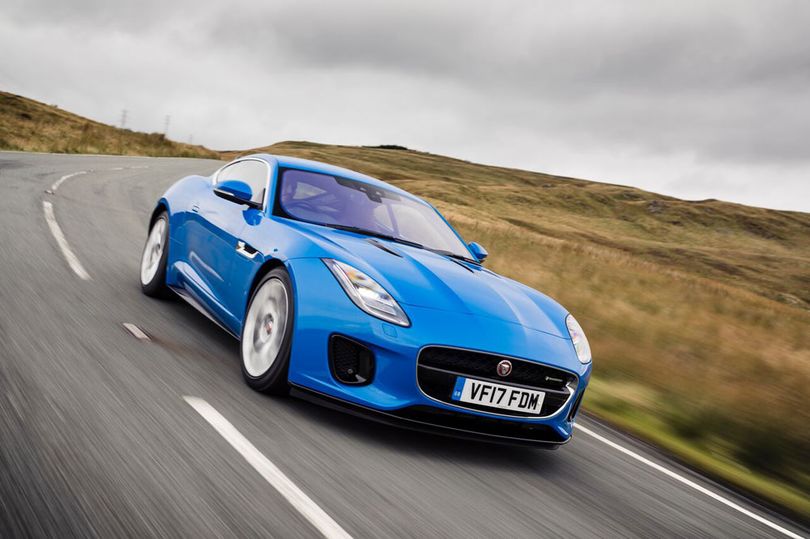
As for me, I recently drove each for hundreds of miles over the course of two weeks along California’s Golden Coast, and while it’s tempting to choose the freedom that open-top driving seems to afford –especially next to such stunning vistas as those along Highway 1 – the coupe is the smarter option.
Here’s why.
Performance
Both coupe and convertible come with a 5.0-liter V-8 engine that gets 575 horsepower and 516 pound-feet of torque – that’s a whopping upgrade from the standard F-Type’s 296 horsepower. It’s the most powerful production package Jaguar has ever made.
Jaguar has tuned its “twin-vortex” supercharger engine (designed to minimize vibration without affecting power) to reduce drag and surge for responsive performance in each of these cars. In both options, the SVR’s eight-speed automatic transmission is tightened for quicker shifts than anything else Jag offers.
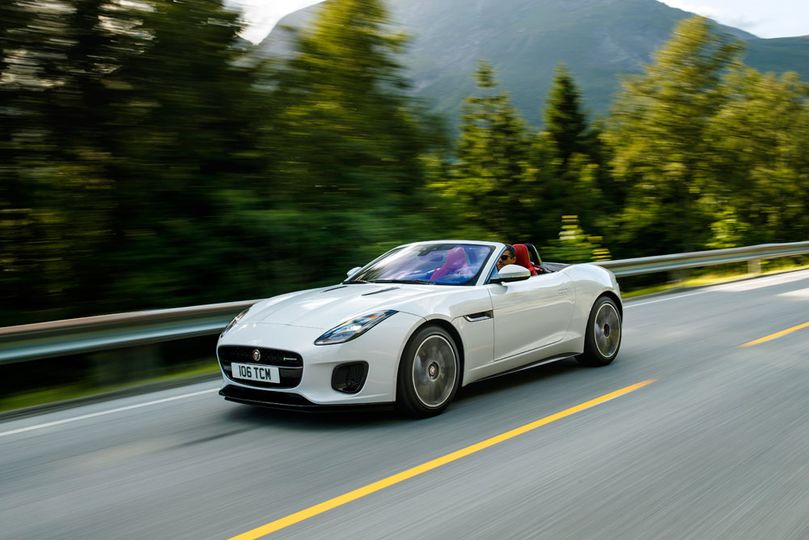
Both come standard with all-wheel drive. (Neither offers a manual option; for that you need the sport-tuned F-Type S.)
And both will take you to 60 miles per hour in 3.5 seconds, more than a half-second faster than the Porsche 911 Carrera S.
But top speed is where the hardtop and convertible start to differ: while the convertible can hit 195 mph, the trimmer, lighter, more solid coupe does 200 mph. (The heavy inner mechanics that deploy the rooftop affect the balance and athleticism of a droptop.)
That number is more of a bragging right than anything, but the difference represents all the small things in the cars that add up to big differences in how they drive.
From the corners of Laureles Grade in Monterey to the winding Deer Creek Road that snakes off the Pacific Coast Highway, the coupe hugged the asphalt tighter, slipped less, and responded more quickly to shifting around corners than the convertible did.
As with the roadster, its forged aluminum double wishbone suspension and sophisticated Electric Power Assisted Steering system muted road vibration even on rocky back roads and over cracked cement burned like clay in the hot California desert.
But the F-Type’s stiff chassis and torque vectoring systems that tailor grip delivery to each of the rear wheels feel more dynamic in the coupe version.
What you think of the looks of each car is up to you (the coupe looks better, ahem), but I guarantee that if you drive both, you’ll notice the superiority of the coupe on the road.
Practicalities
To me, the F-Type combines a spirited personality – it changes direction and surges up the road effortlessly and smoothly – with the kind of interior comfort usually found only in sports sedans. It deserves to be a daily driver and a weekend getaway car. Only the coupe fully fulfills each mandate equally well.
With 15 miles per gallon in the city and 23 mpg on the highway, it’s no more fuel-efficient than the convertible. (This is a credit to Jaguar’s engineering, since heavier convertibles often require more gasoline per mile than their lighter coupe counterparts.)
The advantage to the coupe has to do with storage room: The available trunk space (7.3 cubic feet) in the convertible is laughably small. Picture Larry David attempting to force a roller bag into an airplane bin the size of a mailbox and you’ll get an approximate image of me trying to fit my luggage in there.
(At one point along an overnight drive, I was forced to dump out the contents of one bag into the passenger side of the car while storing my second bag in the rear. It made for some wrinkly clothes—and cramped legs—by the end of the drive.)
In contrast, the F-Type SVR coupe has double (14.4 cubic feet) the trunk space. When it comes to overnight and holiday driving – and that’s why you buy a hot sports car anyway, right? To go driving? –that extra room makes a world of difference.
I’d also add that romantic notions of sun and sea often cloud the reality of driving a convertible at speed for any length of time. (If you’re someone who just loves convertibles on spec, feel free to skip this section. I won’t say anything here that would change your mind.)
Usually that reality involves sunburned necks, frayed hair, and frazzled nerves from the constant buffet of highway-speed wind.
Not to mention the amount of yelling that must occur in order to speak to fellow passengers in the car, and the heightened volume of the radio also required in a convertible at any cruising speed. Some – the convertible version of the Mercedes E 400 coupe comes to mind – excel at mitigating this effect. The Jag doesn’t.
More often than not, once I pulled onto any main road in the SVR convertible – Sunset, Melrose, Santa Monica Boulevard – let alone a loud and windy highway, the top went up. I may as well have been in the coupe.
Price
Well, to be honest, the prices aren’t radically different for a pair of six-figure cars from an 81-year-old brand. The SVR convertible costs A$309,200 for the base model. The coupe starts at $290,500. That’s about standard – and remember, this is a car that gives you a lot more for the money than its peers.
With its classic racer proportions, practicality, and performance like a jungle cat on the prowl, it’s worth far more than the sum of its parts. You can’t go wrong with either, but from my perspective, convertibles are fun for a fling – the coupe is the SVR to love.
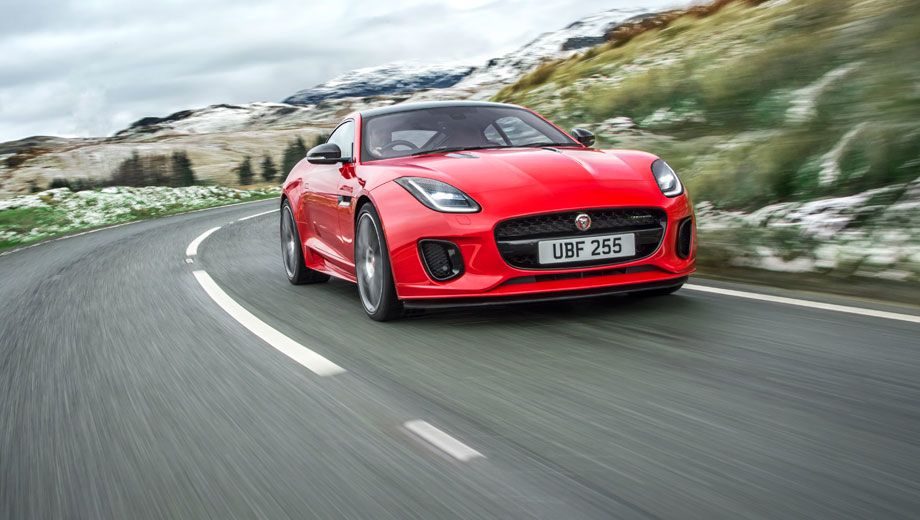
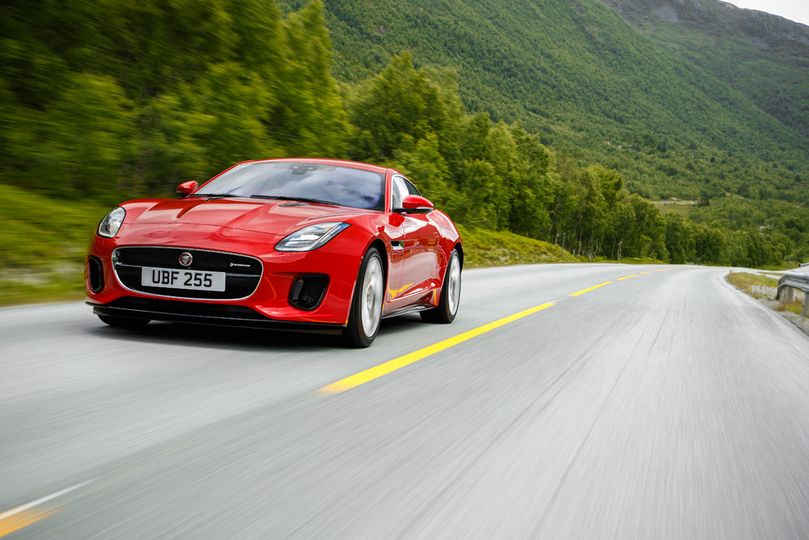
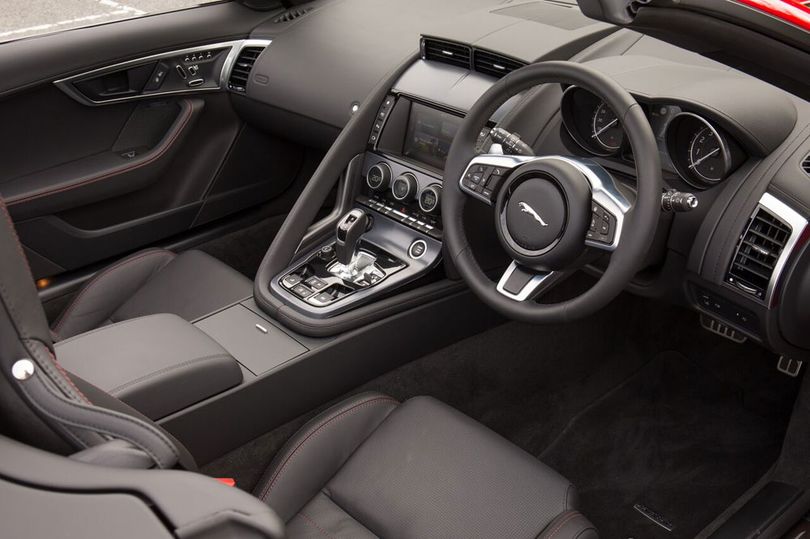
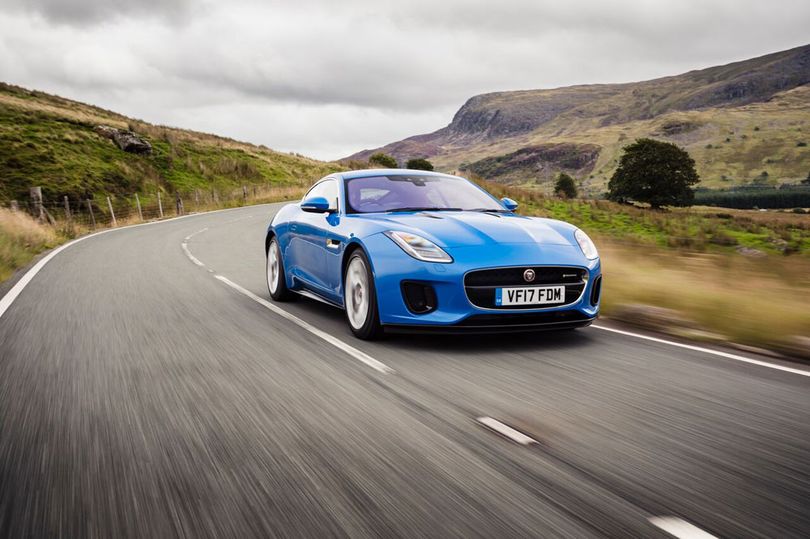
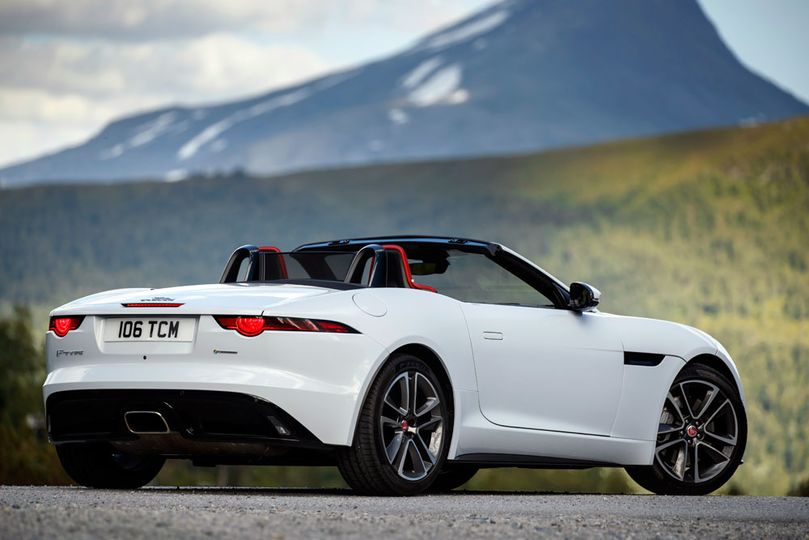
Hi Guest, join in the discussion on 2018 Jaguar F-Type SVR: convertible or coupe?